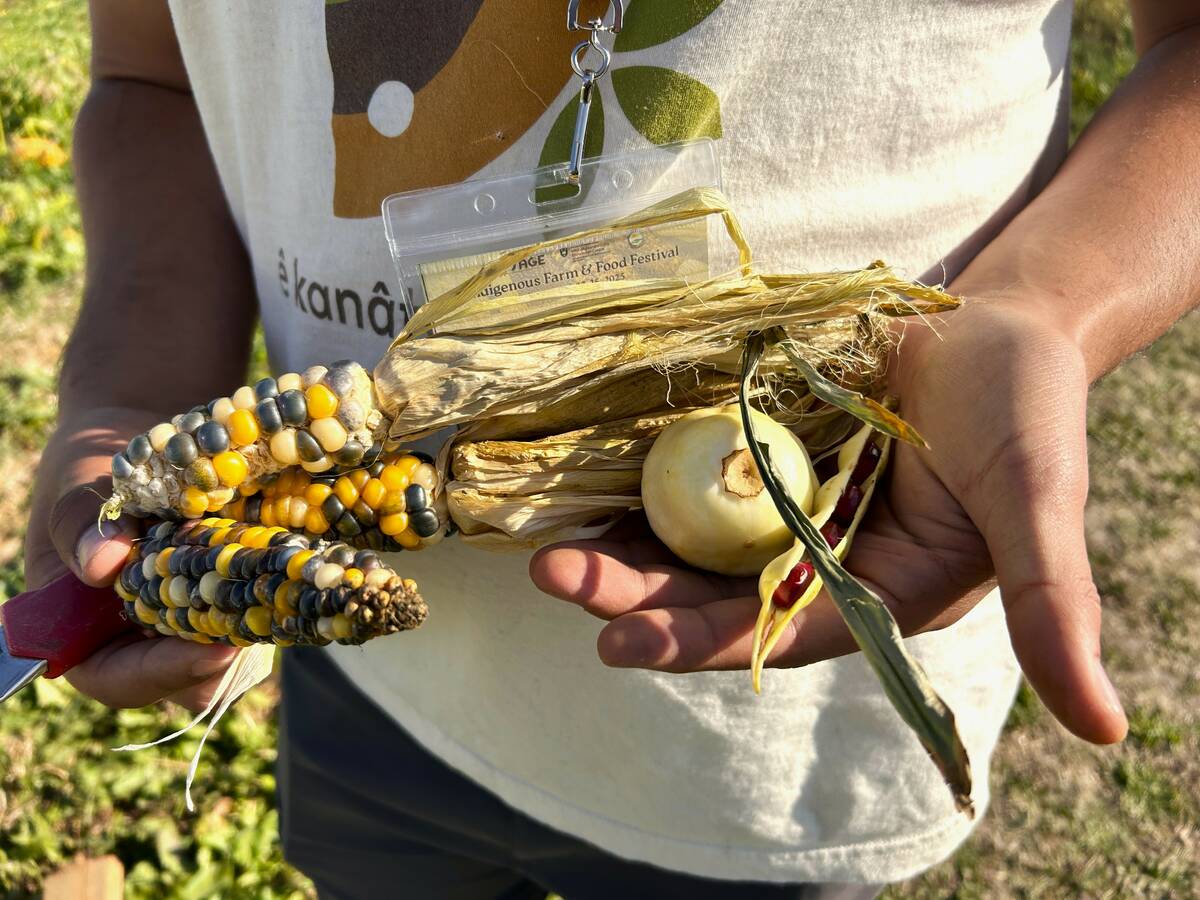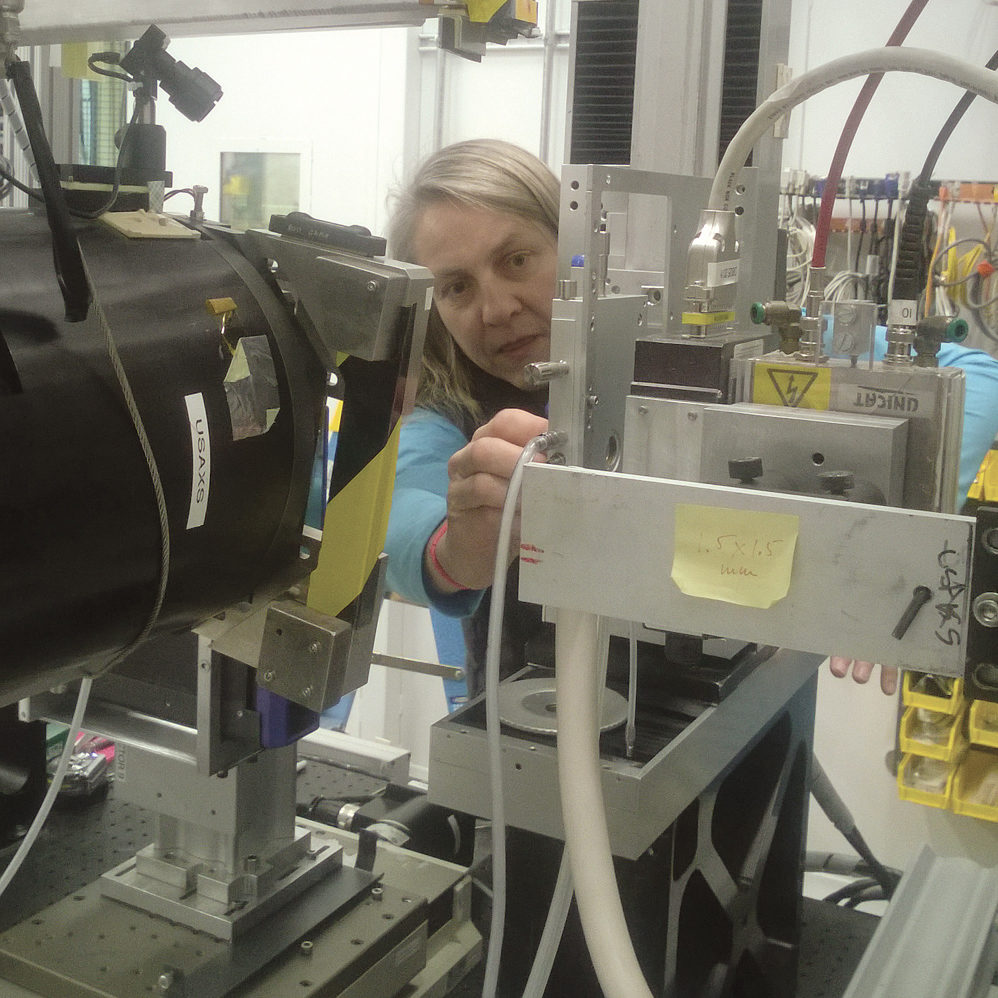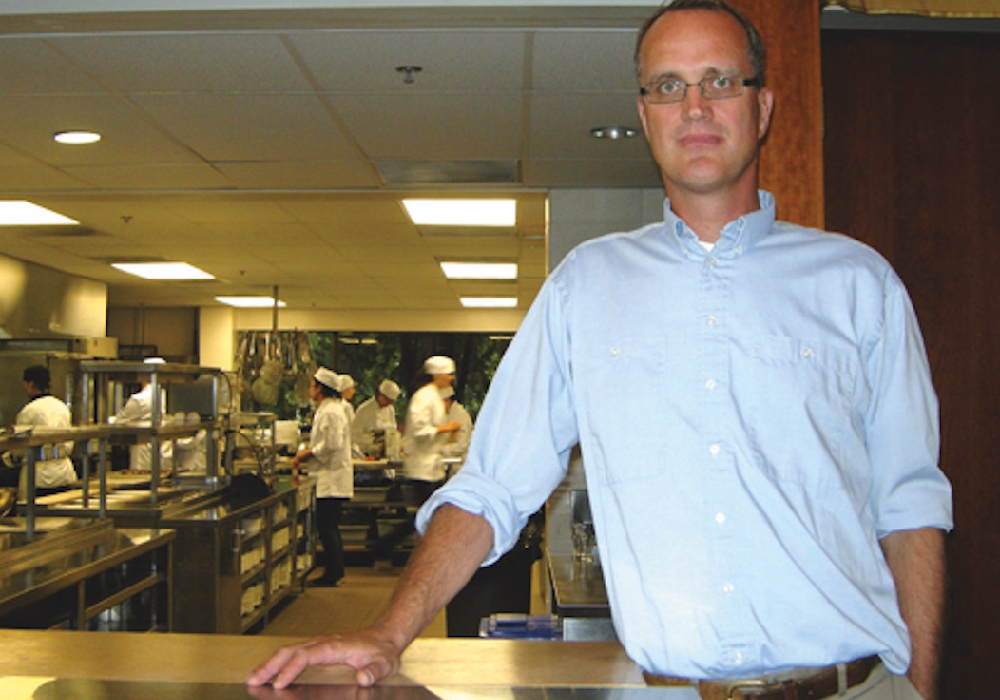How are edible fats “built?” What gives them their unique textures?
Nobody’s really sure, and that’s fuelling a research project by scientists at the University of Guelph, with the assistance of the United States Department of Energy and their Advanced Photon Source (APS) at Lemont, Illinois.
The researchers hope to replace unhealthful trans and saturated fats with better non-saturated versions – all without compromising texture. That swap could have great implications for the food industry, says Maria Fernanda Peyronel-Svaikauskas, a research associate working on the project.
Read Also

Regenerative practices meet Indigenous knowledge on the Prairies
What do traditional Indigenous agricultural practices and regenerative agriculture have in common? Quite a lot it turns out.
Peyronel-Svaikauskas says trans and saturated fats are important because they provide structure for semi-solid edible fats such as shortening or butter-like spreads. But “as soon as the healthier unsaturated fats are used to replace the trans and saturated ones, the solid structure is lost,” she said.
“The key problem is the food industry trying to do this with much trial and error. We are trying to help it by removing the trial and error.”
The team uses new technology called ultra-small angle X-ray scattering for structural analysis of fats and oils.
“You’re looking at X-ray scattering at really tiny angles,” Peyronel-Svaikauskas said. “The smaller the angle, the larger the feature you look at in your sample. That’s important if you want to understand how the meso to micro structure gets formed.”
They found characteristic patterns normally missed by conventional wide- or small-angle scattering.
Food scientists may use this information to decide whether they have the desired product for a particular purpose.















